Overflowing with resources
Antarctica is known for ice and cold. Yes - also penguins. If you looked at a satellite image of the the Dry Valleys, you might not see a place covered in life forms. We typically look for patterns on the surface - plant shapes, and we look for certain colors - green and yellow. Antarctica's rules are different though. As you read in my last journal, many of our expectations and presumptions have to be modified to understand life in these extremes.

One project Wormherders, Sarah and Meredith, are working on is using satellites to identify the places that harbor various lifeforms. Using the light information reflected off of the surface of the Dry Valleys and collected using spectral imagery technology, they and others are predicting which areas are most likely harboring biological communities. Prior to coming down this summer, they worked to make predictions based on the information they could identify from this imagery. Once here, they worked out a plan to "ground truth" these predictions. They collected 64 different samples from many different types of environments and are seeking to check their results against the model's predictions. We have analyzed the samples for their biological components but their geochemistry and photosynthetic activity will not be determined until the samples are analyzed back in the US.
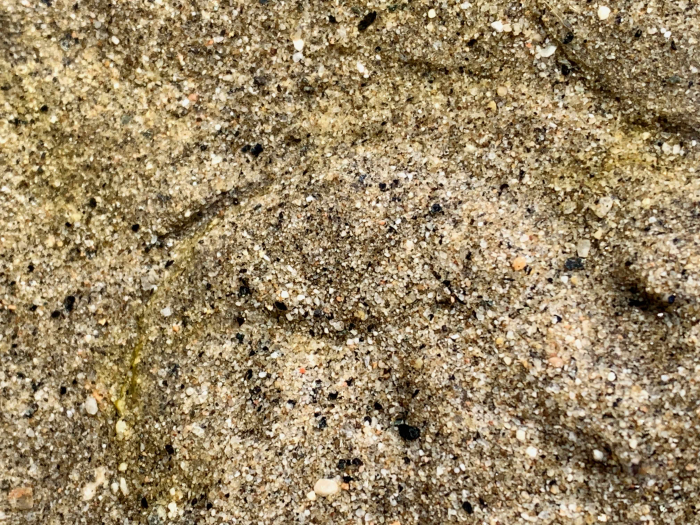
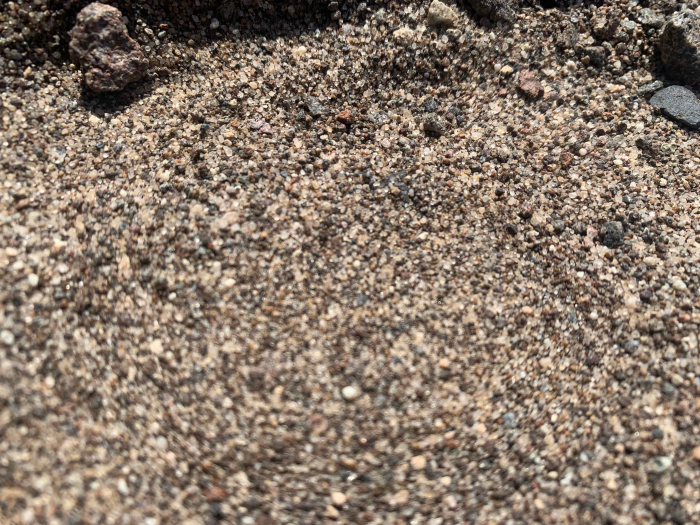
Identifying reflected light in certain wavelengths like orange, for example, could indicate a "biocrust" community. Biocrust is a living layer of microbes in the soil. This is the basis of the food web in a polar desert soil. It looks very similar to soil without biocrust - only a slight difference in the reflected light. The question is whether our satellite work can be used to identify places with biological activity. The test is weather or not these places have a greater number or diversity of soil organisms than other, non-identified areas.
We know that the soils of Antarctica are rich with minerals and nutrients that living things need to grow and reproduce. The limiting factors are typically temperature and amount of liquid water. The valley soils do receive water from melting glaciers and permafrost soils. The factor that limits is drainage. With the tiny amount of water, it picked up minerals from the rocks and transports the minerals to places where water collects. Because it is so dry, the water then evaporates leaving the minerals behind. Many places you would expect to be full of life become quite toxic as salts and minerals accumulate where the water collects. In many places around collected water you can see bands of white salts encrusting the soil. Think about jerky. Salt on a slug. Microorganisms can not carry out their functions there.
Areas that flush with water are the places to be for lifeforms in Antarctic soils. Collection basins with a large amount of inflow allow the water needed for life without the excessive toxic nutrients. In environments with precipitation and a more active water cycle, these nutrients would be cycled through the ecosystem by plants, bacteria and other processes. Here there is not an abundance of opportunity for the ecosystem to process these chemicals.
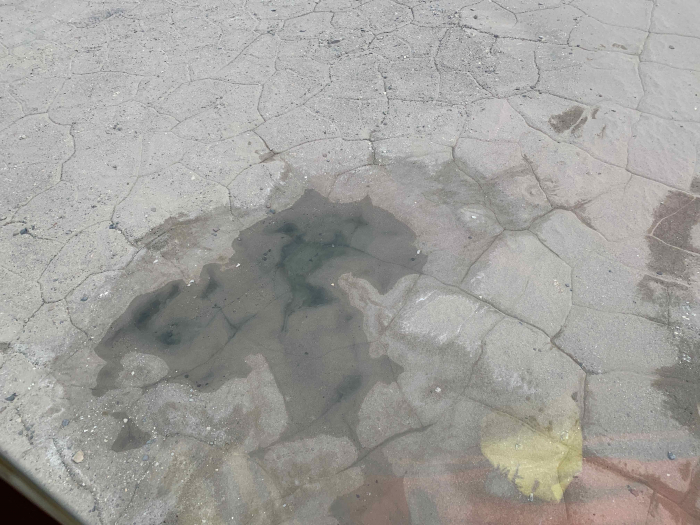
In aquatic ecosystems like under the lake ice and meltwater stream areas, thick microbial mats form the basis of the ecosystem. These in particular are easy to pick out. Some are bright orange, even pink. Some mat communities are dark brown or black. The algae and bacteria create dark pigments that protect their photosynthetic cells from harmful ultraviolet radiation (remember this is all under the ozone hole). On these microbial mats we find the highest biodiversity in the entire ecosystem. Counting a small sample of mat under the microscope can take an hour. Some samples have had over 10,000 rotifers, nematodes and tardigrades.
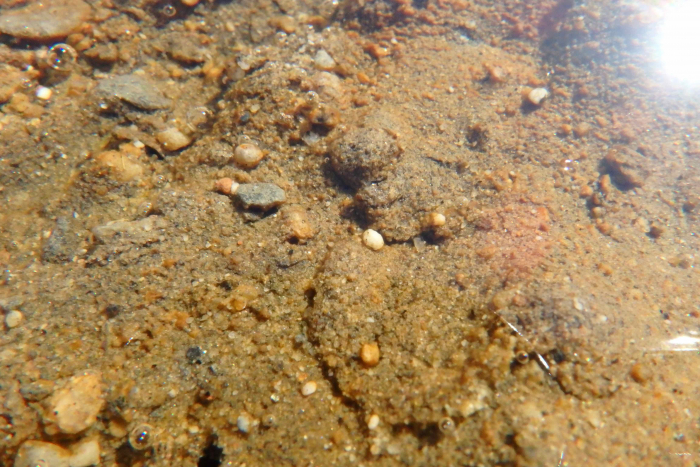
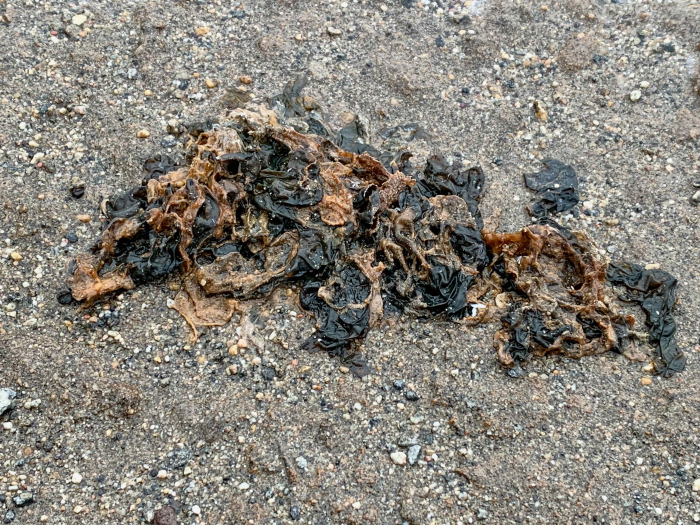
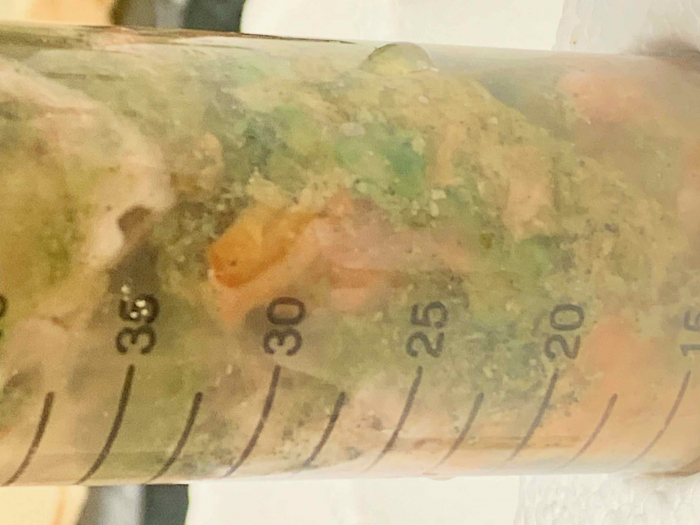
More on nutrients!
Take a look at nutrients from the end of Lake Bonney and some other sampling sites. I think it's pretty weird that the most common nutrient in most of the world is the most limiting in the Dry Valleys.


Comments